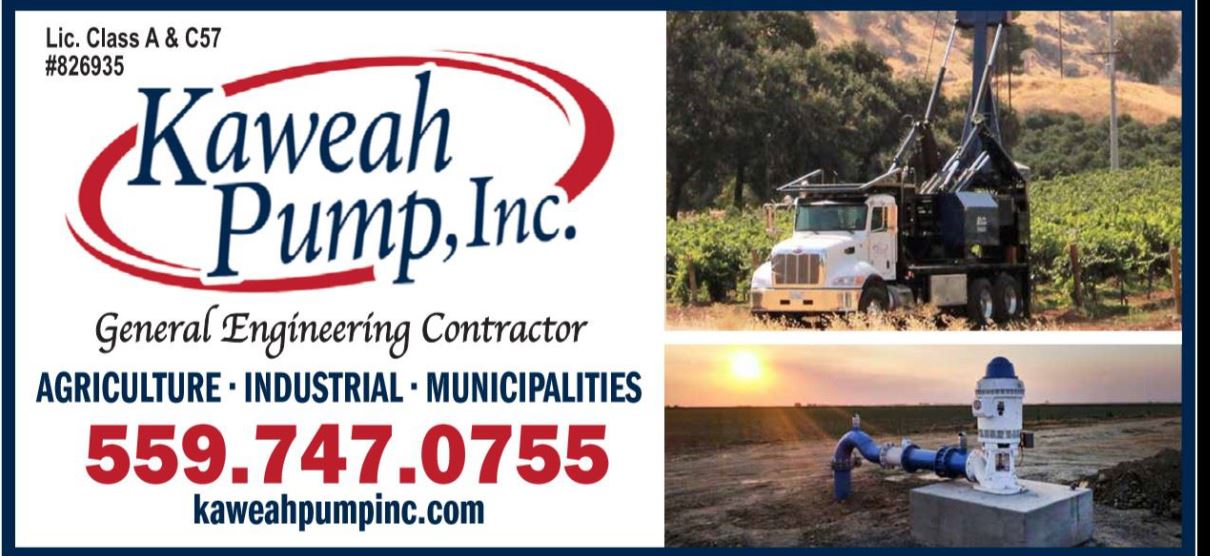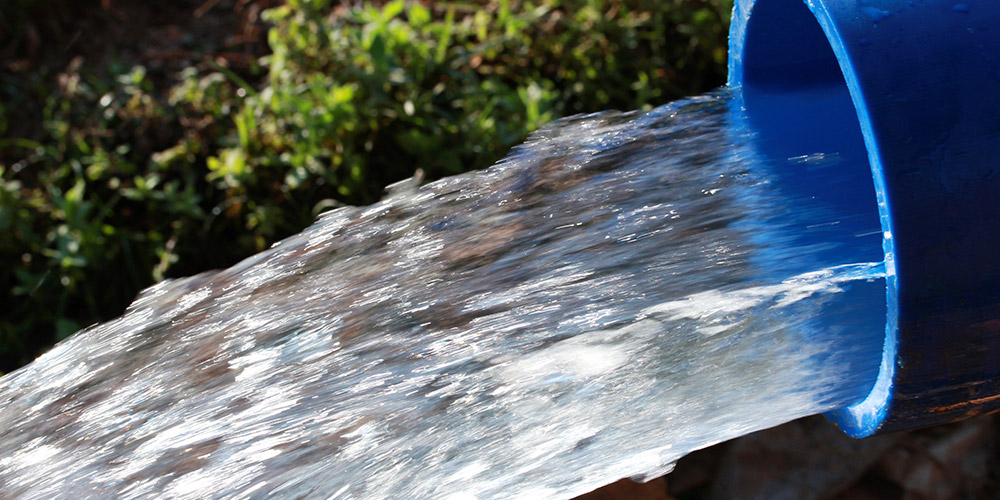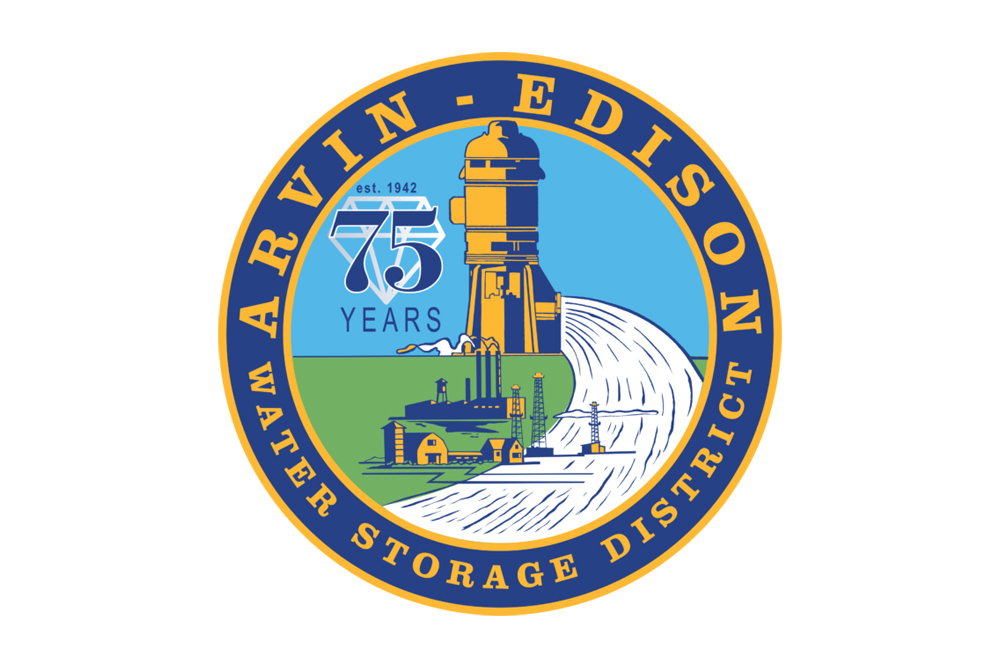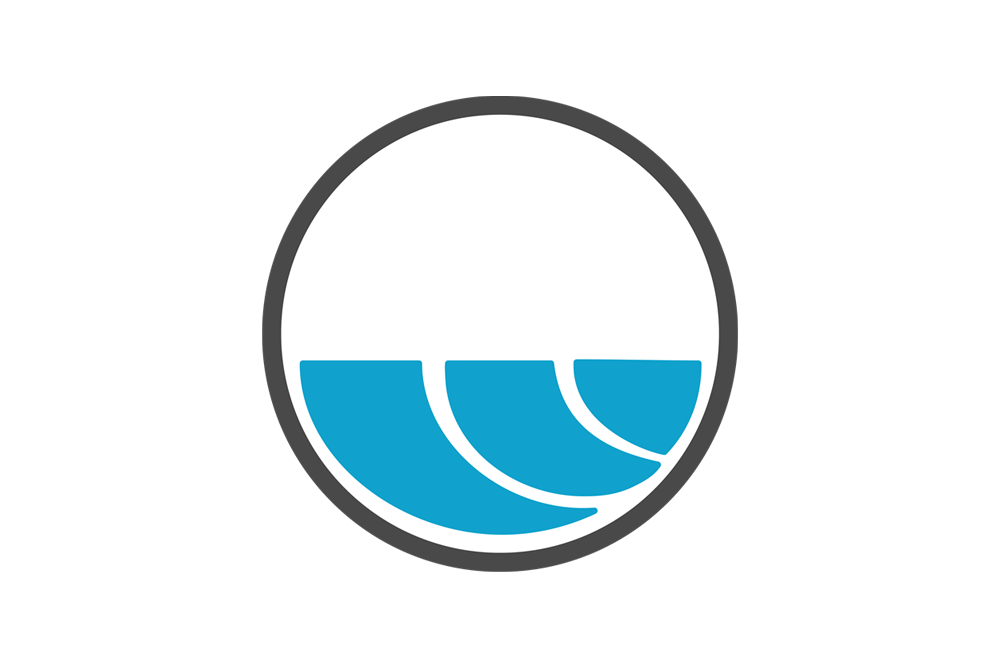 The Friant Water Authority and the public met in Visalia on Monday, January 6, 2020 at the convention center. The public was not only welcomed but encouraged to attend. The meeting was scheduled to begin at 1:00pm but the room was packed well before that time. The subject was the Central Valley Project Improvement Act. FWA CEO Jason Phillips addressed the group and encouraged those in attendance to ask questions of the US Bureau of Reclamation. According to the Bureau’s website the CVPIA was signed into law in October of 1992. As I understand it Bay Area Congressman George Miller was one of the main authors. Miller was a professional politician and held his seat in the 7th and 11th districts for a total of 40-years. Many of the cities in those districts depend on freshwater flows from the Delta to dilute their wastewater discharge. Without those flows the water quality standards wouldn’t be met and a great deal of money would have to be spent on upgrading the treatment plants. I believe the cost of water treatment for domestic supplies would also increase correspondently without the dilution flows.
The Friant Water Authority and the public met in Visalia on Monday, January 6, 2020 at the convention center. The public was not only welcomed but encouraged to attend. The meeting was scheduled to begin at 1:00pm but the room was packed well before that time. The subject was the Central Valley Project Improvement Act. FWA CEO Jason Phillips addressed the group and encouraged those in attendance to ask questions of the US Bureau of Reclamation. According to the Bureau’s website the CVPIA was signed into law in October of 1992. As I understand it Bay Area Congressman George Miller was one of the main authors. Miller was a professional politician and held his seat in the 7th and 11th districts for a total of 40-years. Many of the cities in those districts depend on freshwater flows from the Delta to dilute their wastewater discharge. Without those flows the water quality standards wouldn’t be met and a great deal of money would have to be spent on upgrading the treatment plants. I believe the cost of water treatment for domestic supplies would also increase correspondently without the dilution flows.
The short explanation for this meeting is: The CVPIA has taken billions of dollars and hasn’t achieved much of its stated goals. Whether it likes it or not the US Bureau of Reclamation has been tasked to be the bookkeeper. The folks paying the bill want some answers to their questions.
Amongst other things the CVPIA took 800,000 a/f from CVP contractors for environmental use – annually. There are stated goals of salmon population restoration by 2002 with a restoration fund financed by water and power users for habitat restoration and enhancement and water and land acquisitions. CVP contractors also paid fees – millions of dollars of fees to the CVPIA for various programs. The accounting of this money appears fuzzy to many. This meeting was an opportunity to ask questions about the money. There is a true-up effort for funds that weren’t spent. Many from the Friant Division of the CVP feel those funds haven’t been equitably returned to those who pay. Today’s meeting was about accounting. Allow me to state; I believe this report is accurate, I’m typing as fast as I can, but it would be a very good idea to double check before making any decisions based on what you’re about to read.
The Bureau Team
Just before the meeting started Friant’s Jeff Payne announced he’s retired from Friant and will start working for the Bureau next week. I thought it was a joke but it wasn’t. that’s another story for another time.
Wilson Orvis of the USBR spoke first introducing himself and his team. He said this is the fourth meeting the Bureau has held in the CVP area. He said this meeting is informational and fact gathering for the true-up. Orvis said the CVPIA is a very complicated piece of legislation. He said the business practices the Bureau has followed have been in place since 2003. Those guidelines need to be reviewed and updated. Most of the contractors have been in the credit side until lately. There has been a large construction project in Northern Sacramento Valley and that has tipped the balance in many cases. He said there have also been a great deal of questions about the expenditures and the reimbursements. There is a 25 page document available online showing the business practice guidelines; if you need more reading in your stack.
Part of the meeting’s objective is to gather written comments on updating the business practices guidelines. The deadline on written comments was January 10th but has been extended to February 14th. Orvis introduced his team. Spencer Waldon, CVPIA accountant. He tracks the incoming and outgoing funds. Steve Pavich splits the costs and reimbursements between water and power components. Bill Taylor, economist at the Bureau’s Sacto offices, and Pam Taber, CVPIA program analyst.
Taylor said there have been several tries since 1988 to finalize the cost allocations. This will keep the costs in place and trackable. He said the vast majority of the CVP costs will be paid in full by 2030. Orvis said the collections on the water side hasn’t been as great as expected. Waldon said the power side has a $30 million rolling rate as the ceiling amount on the power side. He takes the water allocation given by the Bureau and uses that to estimate the amount owed by the power side. Steve Collup, Arvin Edison pointed out Waldon is the one who knows the water allocations first. That is true. I guess I could call him up and get the scoop. He seems like a nice guy. We’ll see.
Orvis said the act told the Bureau to collect CVPIA fees and takes appropriations from taxes as well. There are many, many different categories of reimbursement and non-reimbursement projects. It’s more complicated than that as there are several different formulas to determine how much and who gets the money. If the funds spent are those from the US Taxpayer, appropriation funds, as opposed to CVPIA fees, the reimbursement is different. By the way, as usual in the counter-intuitive world of water reimbursement means the users have to reimburse the government for the costs of implementing the CVPIA. It isn’t money water users have overpaid that needs to be reimbursed to them.
How Much?
Phillips asked how much has been spent. The program is 30-years old. Will it ever be paid off? How is the decision of what to spend money on made?
Orvis said CVPIA money is meant to pay for goals stated in the act but other goals as well. A Science & Integration Team is  looking for project proposals for 2020 workplan. Usually this is done at the Bay Delta office. This year there will be more input from other areas. Biological Opinion costs and some funding goes to the San Joaquin River Restoration Program. In the past 30-years $1.7 billion has been collected from all sources. Waldon said the annual amount has been between $54 and $70 million. Phillips asked if the CVPIA allows the Bureau to avoid expenditures that will put water users in deficit and Orvis said yes.
looking for project proposals for 2020 workplan. Usually this is done at the Bay Delta office. This year there will be more input from other areas. Biological Opinion costs and some funding goes to the San Joaquin River Restoration Program. In the past 30-years $1.7 billion has been collected from all sources. Waldon said the annual amount has been between $54 and $70 million. Phillips asked if the CVPIA allows the Bureau to avoid expenditures that will put water users in deficit and Orvis said yes.
Someone asked if the $1.7 billion collected is actually working. Taber said there are some very successful wildlife refuges that are doing well. The fish doubling goal laid out in CVPIA isn’t doing as well. The goal was to double chinook and steelhead populations in CVP waters using 1992 as the baseline. And the CVPIA goal no longer includes striped bass. I thought that was a joke but it isn’t. Striped bass is a non-native predator fish that eats 90 percent of the out-migrating juvenile salmon in the Delta. Did common sense somehow prevail? Maybe a little.
A very pointed question was asked; when will enough be enough? When will the government quit spending money on projects that can’t be solved in the manner prescribed? Waldon said there is a (C-FAR?) report that prioritizes the projects. Phillips pointed out the fish doubling goal doesn’t apply to the San Joaquin River from Friant Dam to the Mendota Pool as the SJR Restoration Program takes care of that.
Orvis said this is the task congress has given them. No one present blamed the Bureau for the accounting mess the CVPIA created. While it is true Orvis and his team didn’t have satisfactory answers to many of the questions I believe there was a sense in room that the Bureau was at least open to finding the answers. And I think those impacted by these findings are willing to work with the Bureau to do so.
Tom Barcellos, Lower Tule River ID said the Bureau’s disadvantage is the folks working on CVPIA are coming and going and it is also the Bureau’s advantage. He said a true up means the Bureau is usually asking for more money. He said prior to the CVPIA groundwater levels in the Valley were rising. The levels have been falling since the act was implemented and he reminded the Bureau folks everyone is up against SGMA. Tricia Blattler, Tulare County Farm Bureau Executive Director asked if there are additional costs to Friant and Orvis said yes. He gave a longer explanation and I asked him if there is a synopsis of how the money moves, a flow chart. He said there is written descriptions in the business practice guideline. This is a case where some handouts would have been very helpful.
Clifton Loeffler, FWA board asked how a landowner can find where the money is going and see if it can be applied to subsidence on the Friant Kern Canal. Orvis said the debit side is pretty clear but the record of credit side is most likely going to frustrate users. I don’t think he knew the answer. Of course Friant wants funds to help pay for the FKC repairs. Can the CVPIA produce funds to do so is of major importance.

Phillips asked how those who pay the bills can have input as to what the money is spent on. Orvis said this year all planned activities will be included in the annual work plan. In the past this plan hasn’t shown the reimbursements clearly but this will change. There will be an open house coming up where everyone’s input will be welcome. Orvis said since we’re already in the fiscal year there have been no new project starts.
Lucille Demetrif, Saucelito ID asked if these open houses will be held throughout the CVP area or just in Sacramento. Orvis said he couldn’t say for sure but he expects the open houses will be held around the area and not just in Sacramento.
Well, there was a lot more said than I was able to convey to you, but at least the issue of the CVPIA has been brought up and the feds know folks are paying attention to how the money they’re paying is being spent. I would love to see more examples of the tax and fee payers holding the government accountable. It’s a big job, complicated, messy, confusing – but it needs to happen. I’d like someone to show me an example of how spending more money and getting less results has turned out good for anyone whether individual, business or government.
DISCLAIMER OF RESPONSIBILITY; Waterwrights strives to provide it’s clients with the most complete, up-to-date, and accurate information available. Nevertheless, Waterwrights does not serve as a guarantor of the accuracy or completeness of the information provided, and specifically disclaims any and all responsibility for information that is not accurate, up-to-date, or complete. Waterwrights’ clients therefore rely on the accuracy, completeness and timeliness of information from Waterwrights entirely at their own risk. The opinions expressed in this report are those of the author and do not represent any advertisers or third parties.
ALL RIGHTS RESERVED. Copyright 2020 by Don A. Wright
FRIANT WATER AUTHORITY
854 N. Harvard Ave., Lindsay, CA 93247, Office 559/562-6305 Email:information@friantwater.org www.friantwater.org
The Friant Water Authority is a Joint Powers Agreement with 15 districts to operate and maintain the Friant Division of the Central Valley Water Project. Water from the San Joaquin River is diverted at Friant Dam at Millerton Lake to the Madera/Chowchilla Canal to the north and the Friant/Kern Canal to the south. More than one million acres of mostly family farms and numerous communities get their surface supplies from the Friant Division. Staff: CEO Jason Phillips, COO Doug DeFlitch, CFO Don Willard, Superintendent Chris Hickernell and Attorney Don Davis.
































